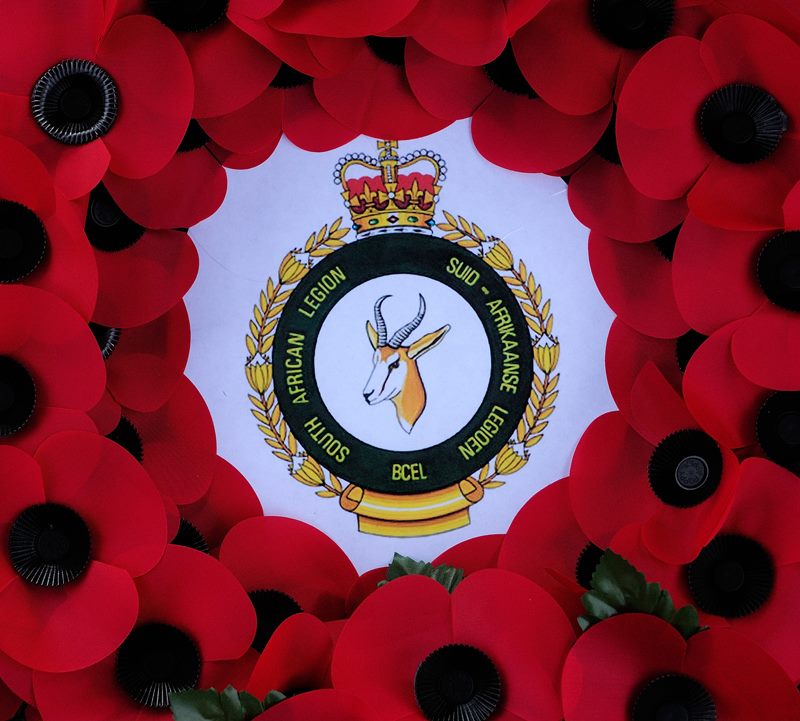
This article was published in the Cape Argus on 17th July 2014 under the title “Private Beleza rests in a home fit for heroes” and is reprinted here with the kind permission of the Cape Argus
By Jackie Loos

Caption: The chaplain of the SANLC camp at Dannes, 13km south of Boulogne, March 1917 (© IWM (Q 4883).
The recent reburial of the remains of Private Myengwa Beleza of the South African Native Labour Corps in a special sarcophagus at the Delville Wood Museum in France is to be welcomed. Private Beleza was one of a contingent of about 21 000 Africans who volunteered to serve in France to assist the faltering Allied war effort in 1916 and 1917.
Thousands of black men had already seen service with the South African forces elsewhere in Africa – approximately 35 000 non-combatants in German South West Africa and 18 000 in German East Africa.
The plan to send a labour corps to France was extremely controversial and General Botha would not have gained the go-ahead if South Africa – rather than the Imperial Government – had been required to foot the bill.
Volunteers were recruited all over the country to serve one-year renewable contracts under South African officers. Their wages were £3 per month, rising to £6 for well-educated interpreters and chaplains.
Four battalions totalling 8 000 men were despatched to France in 1916, where they served under British command. The South African Government wanted them to live in segregated compounds to prevent the possibility of fraternisation and the assimilation of dangerous new ideas, but this was sometimes impractical.
They were not allowed to bear arms but worked as stevedores, quarrymen, road builders, and forestry workers, and they cheerfully loaded and unloaded ammunition, petrol and provisions, in difficult conditions. A total of 313 men died in France, mostly from lung diseases, and were buried in cemeteries near their camps.
Private Beleza, son of Beleza of Tsolo, was one of the first to succumb. He died of pneumonia in No. 2 General Hospital on 27 November 1916 and was buried in the communal cemetery at Bleville, a village about 3km north of the port city of Le Havre.
Beleza was the only black South African buried there. The main SANLC memorial is 110 km away in the Arques-la-Bataille British Cemetery near Dieppe, where 260 members of the Corps are buried, including Lance Corporal Frank Mfana, son of Xinish of Queenstown, who died of heart disease in April 1917. Like other cemeteries cared for by the Commonwealth War Graves Commission, it is immaculate.
The remains of Private Beleza were transported 225 km to Longueval for the recent ceremony. This is the site of the CWGC cemetery near Delville Wood, scene of one of the bloodiest battles of an unspeakably bloody war.
So many South African soldiers died there that the SA government purchased a piece of French land in 1920 and erected a memorial and museum which have since been adapted to commemorate South Africans who fell in other external wars. The site is presently managed by the SA Department of Public Works.
Private Beleza’s new grave symbolically represents all the members of the South African Native Labour Corps who died during World War One and are buried elsewhere.

